Foraging for mushrooms can be great fun, and so can identifying them with the best mushroom identification books. For keen foodies, nothing beats gathering your own from the wild, especially when you've discovered a secret patch in a local woodland that possibly no-one else has harvested yet.
A large part of the magic is breathing in the earthy smell of the forest floor, selecting the perfect mushrooms from the clump – leaving enough for other woodland inhabitants – and keeping a connectivity with our ancestors alive through this ancient skill.
Best mushroom identification books at a glance:
Best pocket-sized guide: Mushrooms (Collins Gem) by Patrick Harding
Best comprehensive guide: Collins Complete British Mushrooms and Toadstools by Paul Sterry
Best photographic guide: Mushrooms by Roger Phillips
Of course, there are some dangerous fungi out there, so knowing how to identify the edible varieties of mushrooms is absolutely critical. However, once you’ve correctly identified and collected your produce, why not try out some tasty recipes, such as mushroom soups, stews, pasta, and even muffins?
Here’s our pick of the best mushroom identification books.
The best mushroom identification books
Mushrooms (Collins Gem) by Patrick Harding
Best pocket-sized guide
SQUIRREL_TEXT_13112094

Collins Gem books are a great place to start if you’re looking to find out more about a specific topic. And you’re in extra safe hands here, as this one has Patrick Harding behind it, who’s spent over 25 years as a university lecturer and worked with the BBC.
With reference to more than 240 different varieties of mushrooms and fungi, this detailed guide covers all the most common species in the UK and Northern Europe. Harding details the key facts about each type, and includes useful illustrations to help you distinguish them.
SQUIRREL_13112094
Collins Complete British Mushrooms and Toadstools by Paul Sterry, Barry Hughes
Best comprehensive guide
SQUIRREL_TEXT_13090718
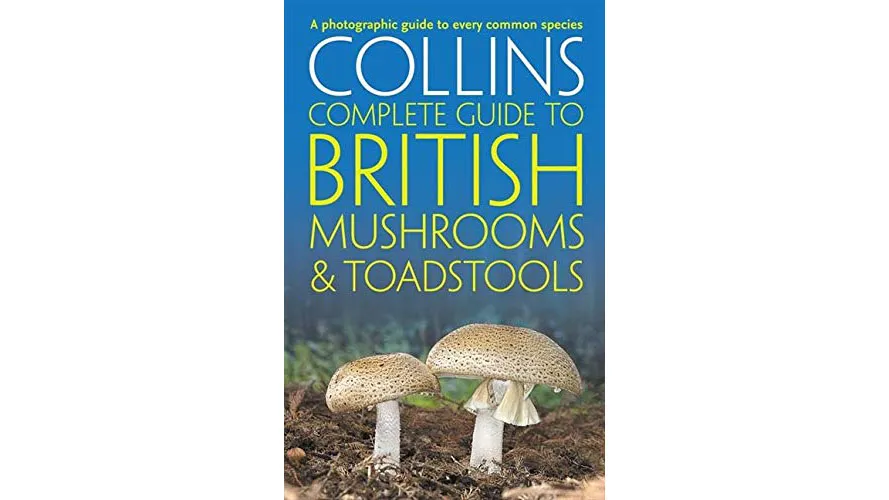
If you’re after a more in-depth guide to the fungi found in the UK, try this exhaustive Collins guide. Unlike the shorter Collins Gem handbook above, this larger resource focuses purely on British mushrooms and toadstools and goes into greater detail about each one.
Also included are more than 1,500 photos and an illustrated glossary to help you distinguish different varieties. And, of course, there’s plenty of in-depth information on the size, form and colour of each mushroom species.
SQUIRREL_13090718
Mushrooms by Roger Phillips
Best photographic guide
SQUIRREL_TEXT_13112095
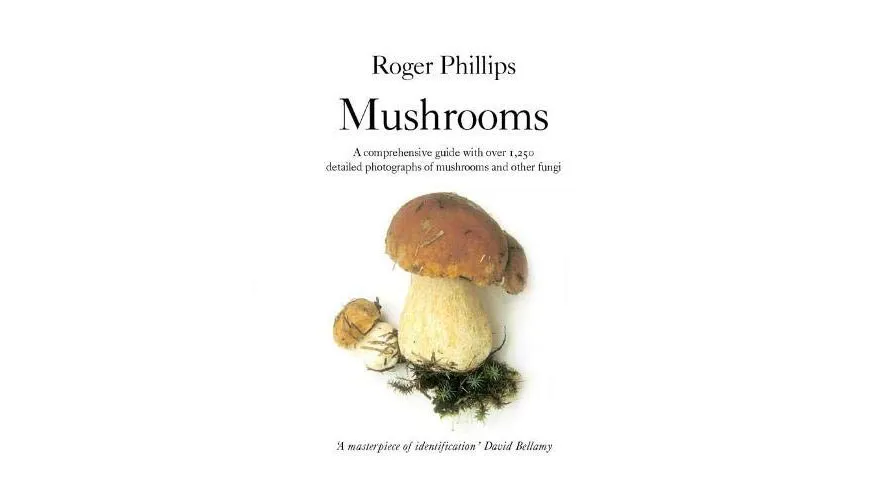
With three decades of work behind him, Roger Phillips is an expert in his field; in fact, he’s sold more than 750,000 copies of his previous fungi-focused book.
This useful resource, simply titled Mushrooms, has more than 1,250 photos inside, documenting the different varieties of fungi throughout their lifespan. After an introduction, visual index and glossary, Phillips categorises mushrooms by type and runs through their identifying features with plenty of facts and figures.
SQUIRREL_13112095
Edible Mushrooms by Geoff Dann
Best guide for edible mushrooms
SQUIRREL_TEXT_13090094
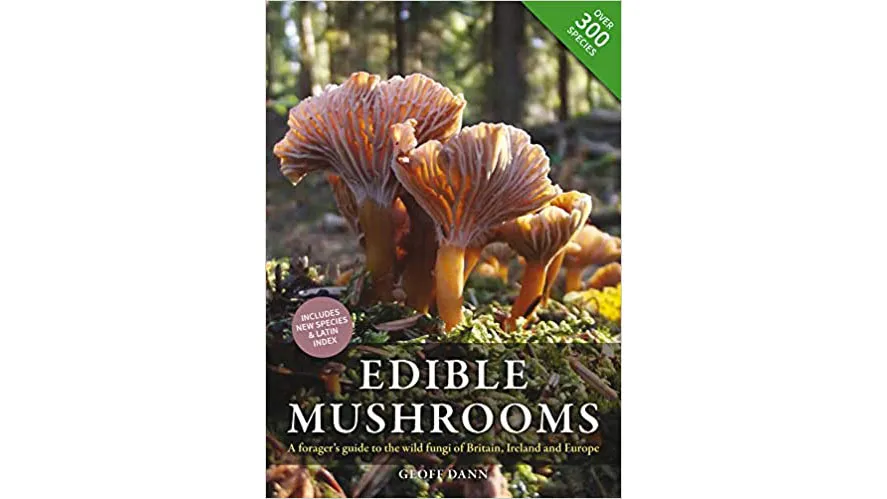
Complete with an introduction exploring the life cycle and evolution of fungi, this foraging guide is not only a great reference book for identifying mushrooms, but also an interesting resource. It’s also particularly useful for those new to foraging, as it includes a detailed beginners’ guide and list of the safest and most easily found mushrooms.
Alongside the text is a wealth of handy photos and illustrations, making it easier to classify each type of fungi. And you’ll find helpful pointers when it comes to abiding by countryside laws, too.
SQUIRREL_13090094
Mushrooms (River Cottage Handbook) by John Wright, Hugh Fearnley-Whittingstall
Best cookbook featuring mushrooms
SQUIRREL_TEXT_13154452
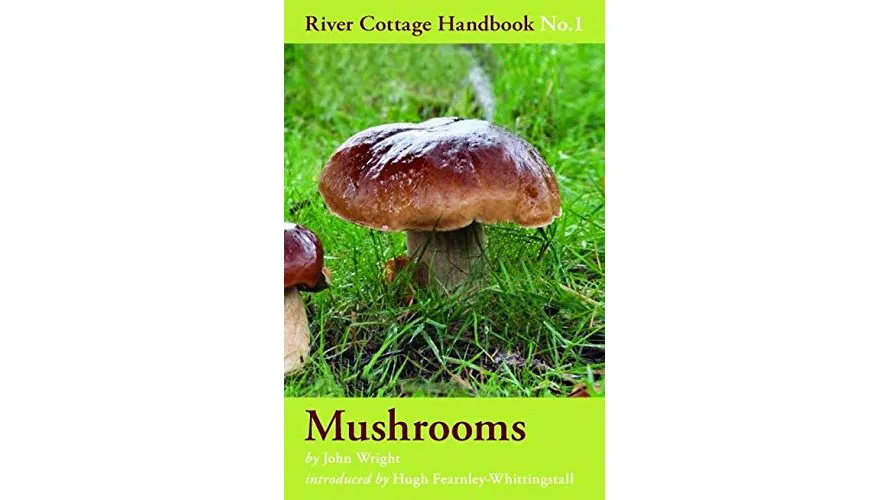
This guide comes from Hugh Fearnley-Whittingstall’s brand, River Cottage, and foraging expert John Wright. Over the course of the book, Wright explores the UK’s 72 most common mushroom varieties and reveals his top tips when it comes to identifying and preparing them.
Plus, there’s handy information on UK foraging laws and many photos and illustrations to complement the text.
The final chunk of the book is dedicated to recipes you can make using your foraged finds. The River Cottage team has included more than 30 delicious meal options.
SQUIRREL_13154452
Fungarium by Royal Botanic Gardens Kew, Katie Scott and Ester Gaya
Best illustrated guide
SQUIRREL_TEXT_13154453
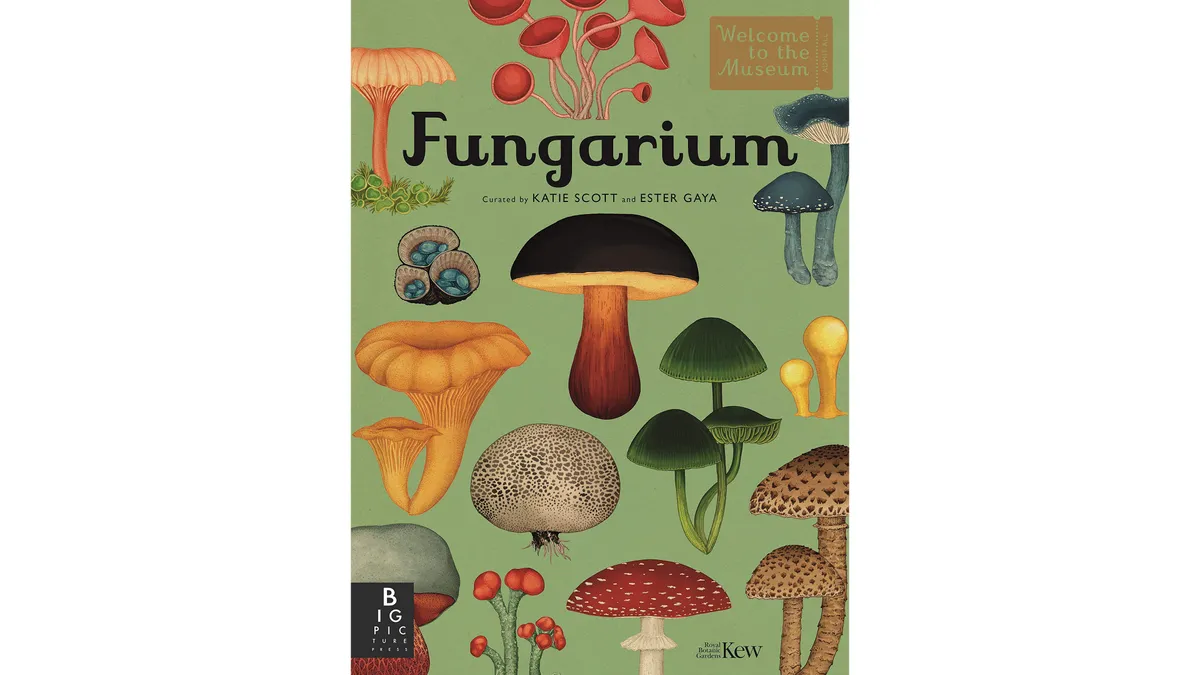
Fungarium is part of the Welcome to the Museum series of books, which covers a range of topics, from anatomy to astronomy.
Here, Kew Gardens’ senior researcher Ester Gaya provides a clear and engaging overview of the various types of fungi. Along her research journey, she spent time studying in Spain and the US, before moving to the UK. Now, she has two decades of experience behind her.
But one of the best features of this book is its large, vibrant images detailing the differences between individual species.
SQUIRREL_13154453
Collins Fungi Guide by Stefan Buczacki, Chris Shields, Denys Ovenden
Best field guide
SQUIRREL_TEXT_13092399
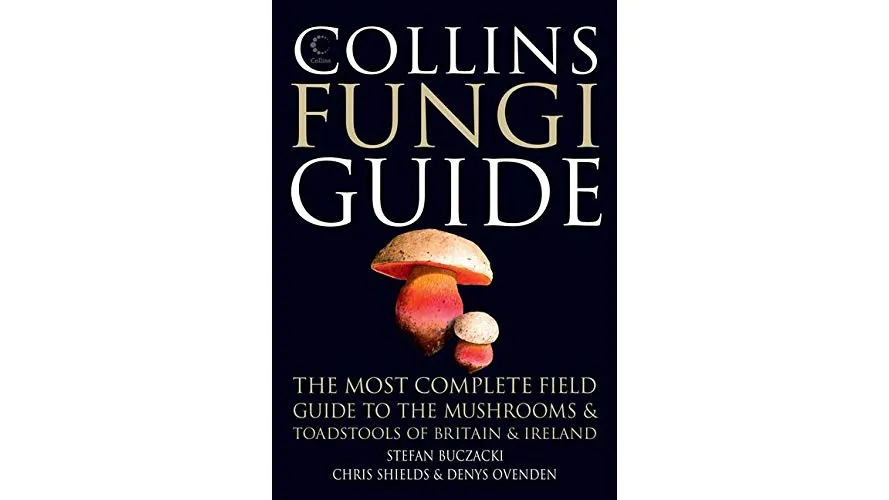
This thorough book presents itself as ‘the most complete field guide to the mushrooms and toadstools of Britain and Ireland’, and covers almost 2,400 different species. Behind this comprehensive guide is Stefan Buczacki, one of the top mycologists and horticultural scientists in Europe.
Rather than provide real-life photos, this book offers up detailed drawings to demonstrate the differences between mushroom species. Inside, you’ll find countless pictures of both fully grown and young fungi by notable mycological illustrators Chris Shields and Denys Ovenden.
SQUIRREL_13092399
Field Guide to the Mushrooms and Toadstools of Britain and Europe by David Pegler
Best field guide for Europe
SQUIRREL_TEXT_13154454
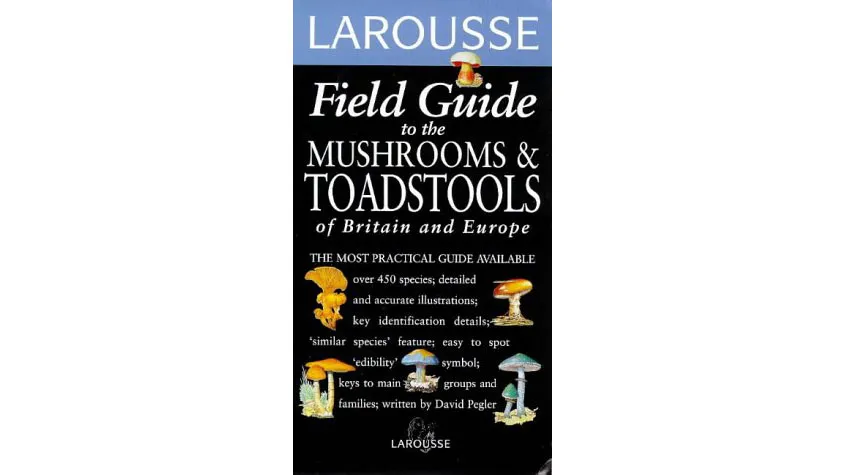
For more than 30 years, amateur mushroom foragers have been using David Pegler’s guide to brush up on their species identification skills. It focuses on the information you need to collect fungi safely, including notes on the appearance, location and seasonality of different varieties.
This guide covers more than 450 different species and has plenty of handy illustrations to help you learn. Plus, there are also easy-to-spot ‘edibility’ symbols, as well as details of similar-looking species.
SQUIRREL_13154454
The Easy Edible Mushroom Guide by David Pegler
Best beginner's guide
SQUIRREL_TEXT_13154457
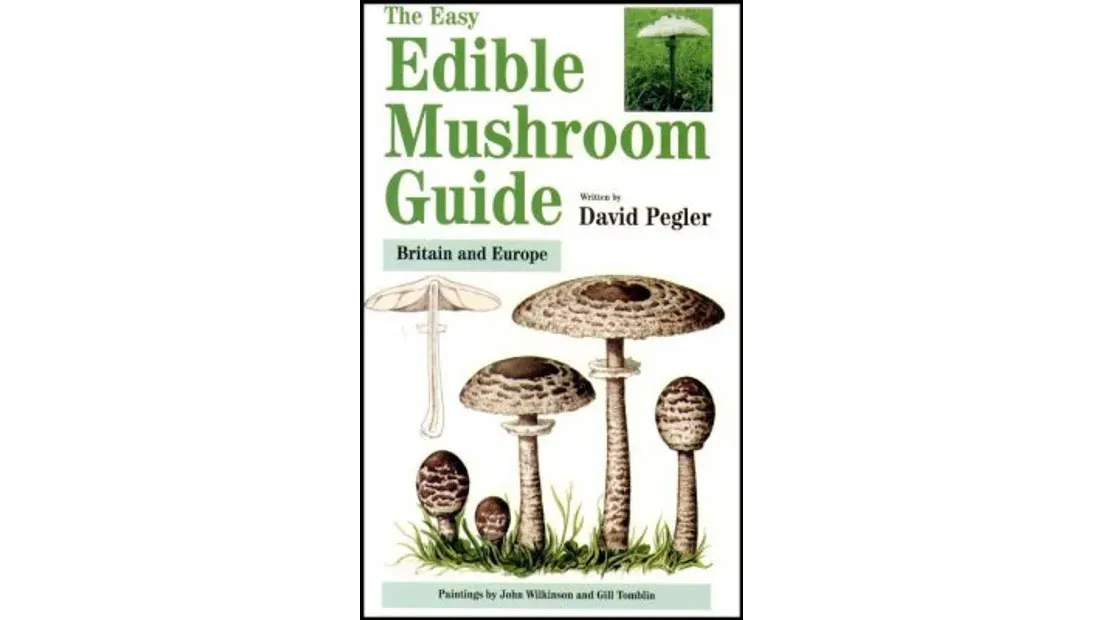
For a good all-round foraging companion, try The Easy Edible Mushroom Guide. It not only includes plenty of tips on tracking down safe fungi, but it also has useful additions like tasty recipes, as well as information on poisonous and hallucinogenic varieties.
This handbook is designed to be simple to use and follow, so it’s crammed full of helpful features, such as a fungi calendar, identification tables and both photos and illustrations. Plus, David Pegler has included a quick course to help you become an expert forager.
SQUIRREL_13154457
Entangled Life by Merlin Sheldrake
Best scientific exploration of mushrooms
SQUIRREL_TEXT_13084179
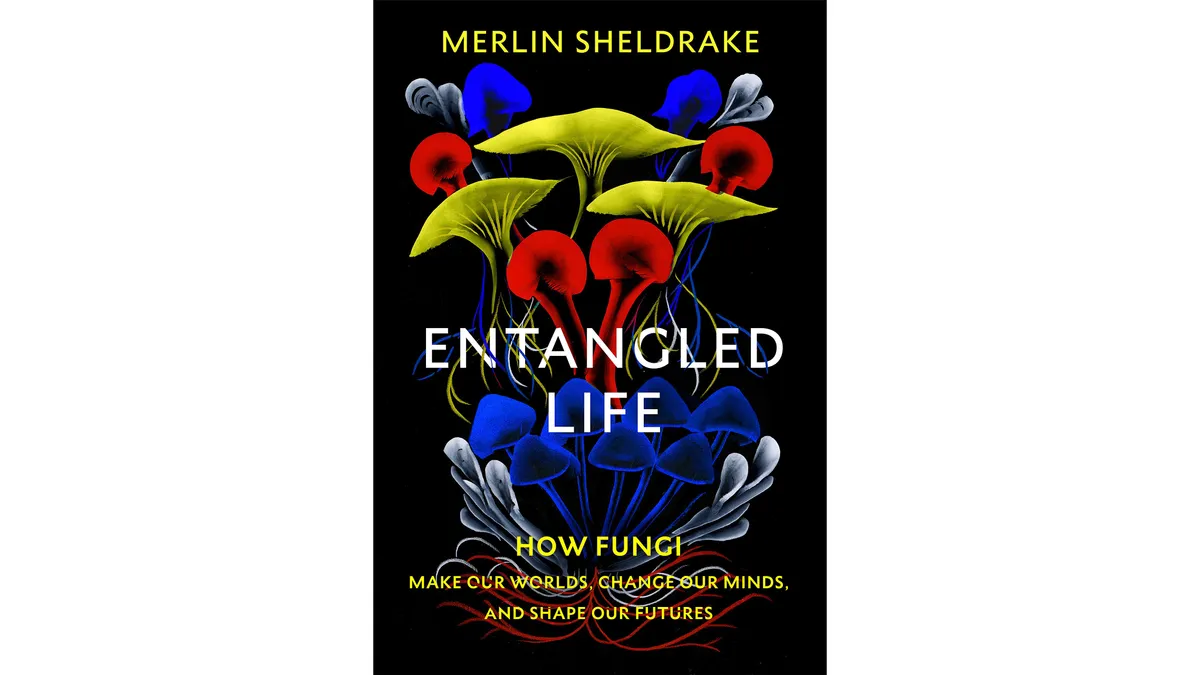
Far from an identification guide or reference book, Entangled Life delves into the significance of fungi and the surprising ways they affect the planet. It’s an engaging read, taking the reader through the various uses we’ve found for the organisms, and where they might take us in the future.
Merlin Sheldrake’s 2020 book has become a UK bestseller and earned numerous accolades in the media. If you’re interested in fungi and its place within the ecosystem, add this title to your reading list.
SQUIRREL_13084179
Exploring the fascinating world of mushrooms through literature can be a truly enriching experience. The range of mushroom books available today is vast and varied, offering something for everyone, from novice to expert mycologists. Whether you are interested in mushroom foraging, identification, cultivation, or cooking, there is a mushroom book out there for you.
By delving into these books, you can learn about the diverse and intricate world of mushrooms and develop a deeper appreciation for their importance in our ecosystem and their potential health benefits. So why not pick up a mushroom book and embark on a journey of discovery? Who knows what you might find lurking in the woods, waiting to be identified and appreciated.